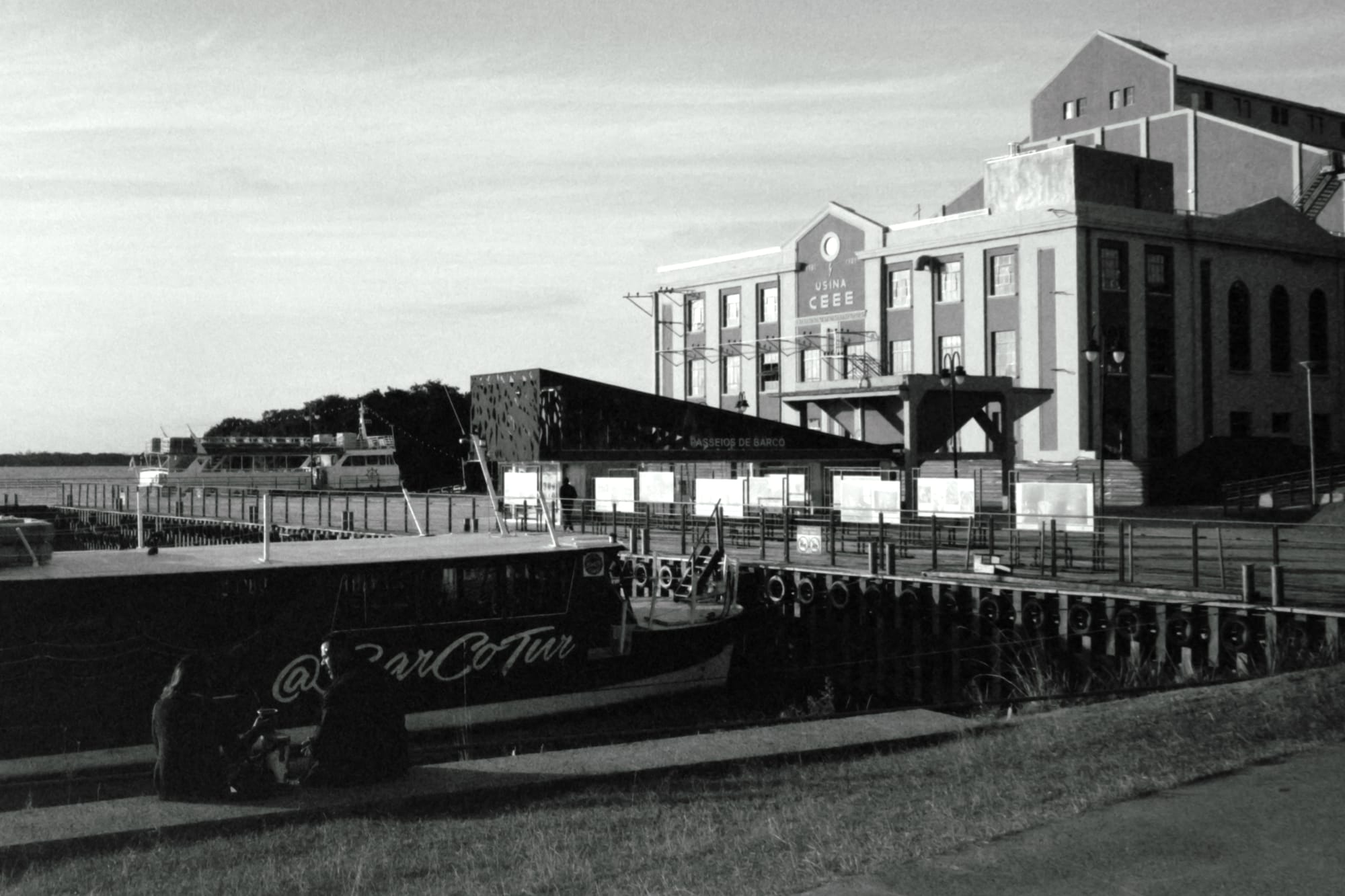[en] May: On the Edge of Guaíba
Porto Alegre’s connection to the Guaíba is both intimate and unstable. The river offers calm and beauty, but also brings risk. This project explores that fragile balance; between daily life and disaster, presence and loss, memory and return.
![[en] May: On the Edge of Guaíba](/content/images/size/w1200/2025/07/2.jpg)
The Guaíba is not just a border. It is an invitation, a memory, a threat. In Porto Alegre, it is always present; just beyond the buildings, beneath the bridges, behind the fences that fail to contain it.



People go to the river to relax, to spend time, to be with others or to be alone. It’s a space for leisure, exercise, and social life. It becomes part of daily routines; a place for playing sports, sitting with friends, or simply passing through. The river feels familiar, accessible, and necessary, even though its presence is often taken for granted.




But it also brings risk. In 2024, the flood wasn’t unexpected; it was the result of years of warning signs and lack of investment, and poor preparation. The water rose quickly, damaging homes, businesses, and public spaces. It revealed how fragile the city’s relationship with the river really is. What seems calm, beautiful, and harmless can turn quickly (and violently) into something destructive.


Still, life returns. It always does. The relationship persists; cautious, worn, but alive. The shore becomes again a place to picnic, to look out, to forget. The built structures bear scars, makeshift repairs, graffiti that whispers of what happened and what will happen again.



This project traces that fragile equilibrium; between enjoyment and erasure, between the everyday and the catastrophic. The river is beautiful. The river is dangerous. It offers, and it takes. And through it all, the city keeps coming back to its edge.

